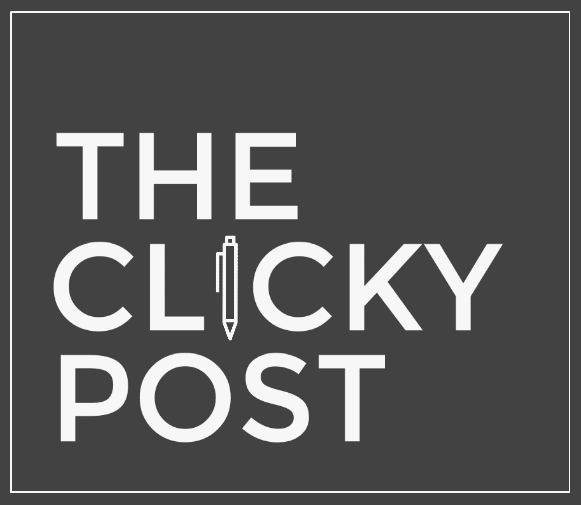One thing that Kaweco does well is holding true to their heritage and roots. There seem to be a lot of your “classic style” fountain pen brands that have been around for 100 years (thinking Shaeffer, Parker, Waterman), but none seem to be quite as quirky (in an endearing way) as Kaweco.
At this point, I’ve lost count of how many Kaweco products I’ve reviewed here on the blog, but they always intrigue me.
One such pen I’ve been wanting to try and review is one of the Kaweco Elite series fountain pen, especially with one of Kaweco’s 14k, size 250 two-tone nibs. Kaweco was kind enough to send this my way on loan for review.
Similar in size to one of Kaweco’s other larger, nicer fountain pens, the Dia, the Elite is a full sized pen, but not too big, and extremely comfortable.
While I feel the Dia has some definite Kaweco styling it tends to fit in with the crowd, but the Elite embraces the uniqueness of the brand which is another reason why I was anxious to check it out.
This pen is one of the higher-end, luxury models in the lineup, but the overall aesthetic of the Elite is a bit difficult to describe. It has a bit of flash and glitz with its polished chrome cap and piano black acrylic barrel, but then blends it with a octagonal barrel to break up the cylindrical shape, and then finished the end of the pen off with some ridges (likely paying tribute to previous models where this may have actually worked as a piston filler).
Each end of the pen is garnished with an inlaid, chrome Kaweco logo finial.
I am extremely fond of this design. It isn’t over the top in any way, but is definitely not boring. Elegant, but not garish.
With the cap being chrome, and the barrel being a polished piano black, it is a bit of a fingerprint magnet. The price we pay for luxury...
On a side note, I would love to see a line of pens from Kaweco that incorporate a piston mechanism again. Much of their vintage line were piston fillers, so it would certainly be possible!
They did release a limited (and very expensive) acrylic Sport model several years back, but there doesn’t seem to be anything on the horizon for piston fillers that we’ve seen.
The Elite is a standard cartridge/converter, but the catch is that a normal Schmidt converter doesn’t fit which is a bit of a shame, but understandable from a proprietary standpoint as Kaweco sells their own, thinner converter systems. The pen comes with some Kaweco standard international short cartridges, but I opted to put in a international long.
I don’t currently own any of Kaweco’s other converters, so I’m not certain the feel and quality of theirs when compared to those by Schmidt, but is something I should look into.
In contrast to the other pens (except the Supra) in their lineup which share a smaller nib, the Elite comes standard with a larger, size #6 steel nib, but I requested to review the pen alongside their 14k two-tone version.
This 14k nib is a medium which has been a relatively wet writer, but has been so enjoyable. I haven't experienced any hard stops and it has a nice blend of a mostly glassy, but with some occasional feedback. The medium is definitely a European medium with a relatively wide line.
I filled it with a Pelikan Edelstein Aquamarine long cartridge and have been writing on a Leuchtturm1917 A5 softcover notebook (although a Rhodia Ice pad shown here), one of my favorites for fountain pen writing.
The cap can post during writing, but I've found it extends the pen too much and is uncomfortably top heavy.
From a price point, the Elite fountain pens with a steel nib can be found online ranging from $130-150 on average, but to add the 14k nib it jumps to more than twice that much and depends on whether the retailer you work with has the larger nibs available. The Kaweco 14k nibs, even for the smaller sizes, tend to be a little steep in price in comparison to others like Pelikan and Lamy (again, depending on the retailer), but we're talking a difference of $30-40 usually for a comparable replacement.
I don't consider the pen with a gold nib to be over or underpriced really when compared to pens like the Pelikan M405, just sans the piston filler.
For example, before shipping if you lived in the US to buy the Elite with the added 14k nib from Most Wanted Pens, the final price would be close to $300 at the moment.
Anyhow, enough about price analysis... Overall, I really enjoy the Elite and this one may not be heading back to Kaweco...
Special thanks again to Kaweco for sending the Elite my way on loan for review! What are your thoughts on the Elite?.








